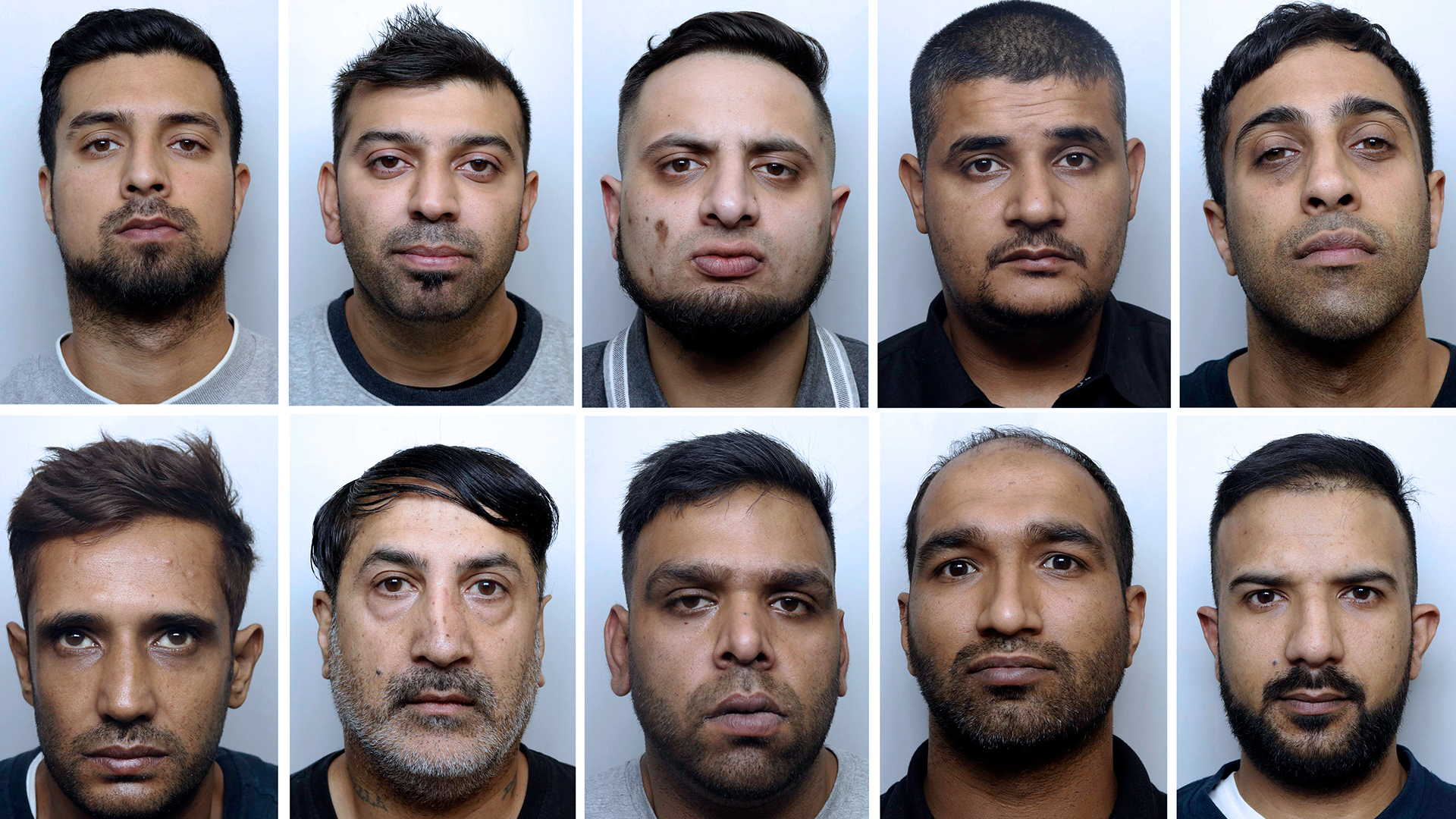By Ellie Doughty, Foreign News Reporter
TENSIONS in the Middle East have long been a fluctuating and dangerous area of global concern.
Conflict between Israel and Palestine in the Gaza Strip, West Bank and on Israeli territory itself is nothing new.
Iran and Israel have long been in conflict with each other too.
But after a brutal terrorist attack by Hamas on Israeli soil in October last year, things entered a new phase.
Israel hit back like never before, unleashing almost ten months of ground warfare and airstrikes on the decimated enclave in a bid to destroy Hamas and rescue its hostages.
The Iran-backed terror group had killed some 1,200 Israeli people and kidnapped 250 more in the hideous October 7 massacre.
The UN estimates that at least 39,000 people have been killed in Gaza since the fresh war there broke out.
This figure includes data from the health ministry in Gaza which falls under Hamas domain and has sparked concerns from officials about accuracy.
Now, after almost ten months of war in Gaza, tensions have appeared to enter an all new high after a series of deadly strikes and high-profile assassinations in late July and early August.
On Saturday July 27, a rocket strike fired from southern Lebanon hit a football pitch in Golan Heights – a Druze village occupied by Israel – killing 12 young people including children.
Israel and the US both said Hezbollah, the largest of Iran’s terror proxy groups, operating out of Lebanon, were responsible for the deadly strike.
On Monday July 28, the IDF dropped an airstrike on an area of Beirut, Lebanon’s capital, killing Hezbollah’s most senior military commander Fuad Shukr.
Less than two days later, at around 2am on Wednesday July 30, Israel killed Hamas’ top political leader Ismail Haniyeh as he slept in Iran’s capital Tehran.
Israel has yet to explicitly claim responsibility for the hit, but after vowing to take out all of Hamas last year, they are widely believed to be behind it.
US officials have also said they suspect Israel of being behind the assassination.
On the morning of Thursday August 1 morning the Israeli Defence Forces (IDF) announced that a strike on Khan Younis, southern Gaza, had killed Mohammed Deif on July 13.
Dief had worked as head of Hamas’ ruthless military wing, the al-Qassam brigades, since 2002.
It marked another major loss for Iran’s terror proxy groups in the region.
Early reports this week suggested Ismail Haniyeh was taken out in a precision strike, when a rocket was fired from a drone outside his window and detonated inside the room.
Then an investigation by the New York Times suggested a bomb had been planted in his room at the military-run compound where he was staying and detonated remotely.
Unnamed Iranian officials also shared the explosive theory with The Telegraph, further confusing the murky details around Haniyeh’s death.
The Iranian Revolutionary Guard Corps (IRGC), concluded its investigation into the humiliating security breach on Saturday August 1 and said he died after a “short-range projectile” was fired from outside the building.
A statement shared on Iranian state TV said a 7kg rocket warhead was used in the attack.
Iran and its proxy groups; Hamas in Gaza, Hezbollah in Lebanon and the Houthis in Yemen all vowed to seek revenge on Israel over the assassination of Haniyeh.
Then, on the night of Saturday August 3, Hezbollah fired some 30 rockets from Lebanon towards Galilee in northern Israel.
Tel Aviv’s impressive Iron Dome Defence system launched into action, destroying “most” of the missiles and no one was hurt.
But the UK, US and France have all urged their citizens to evacuate from Lebanon as fears of a wider war breaking out in the region continue to spiral.

















%20(2)%20(1).jpg)


Discussion about this post